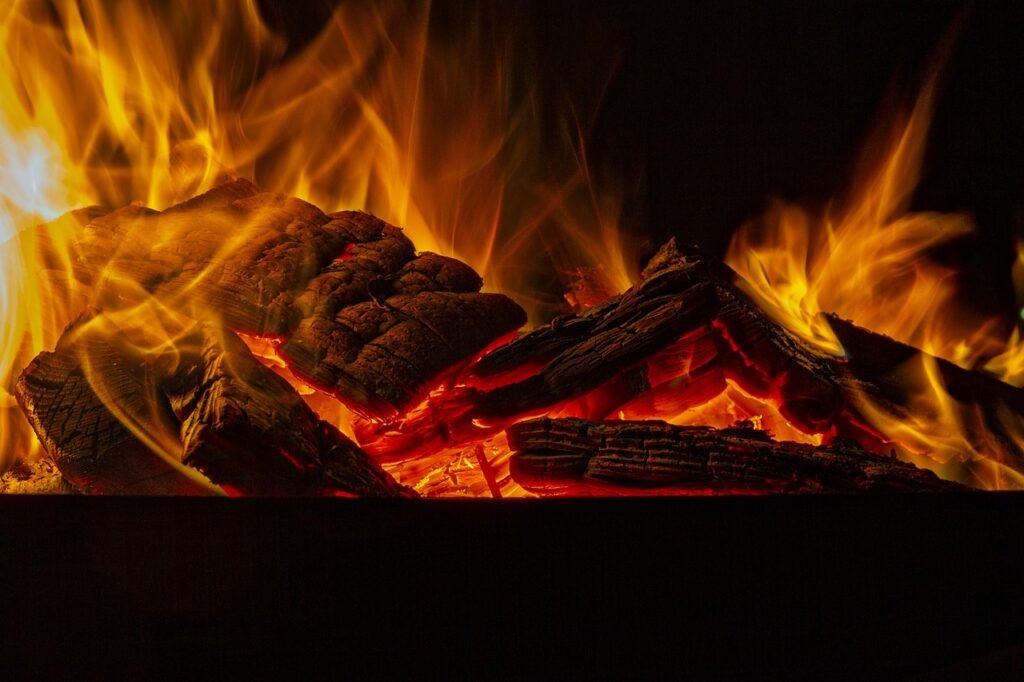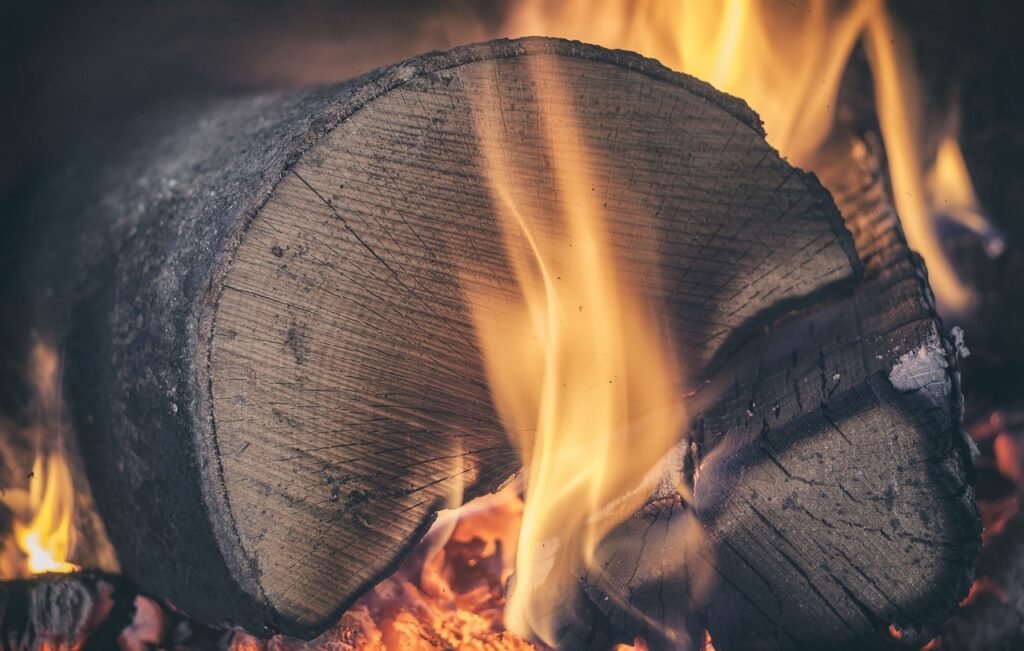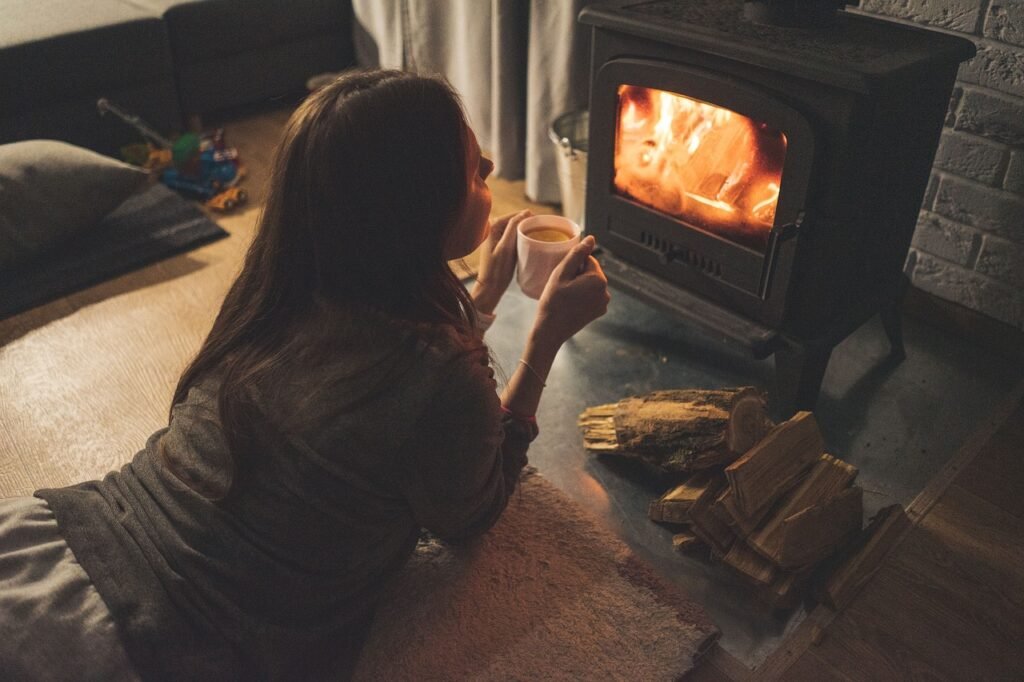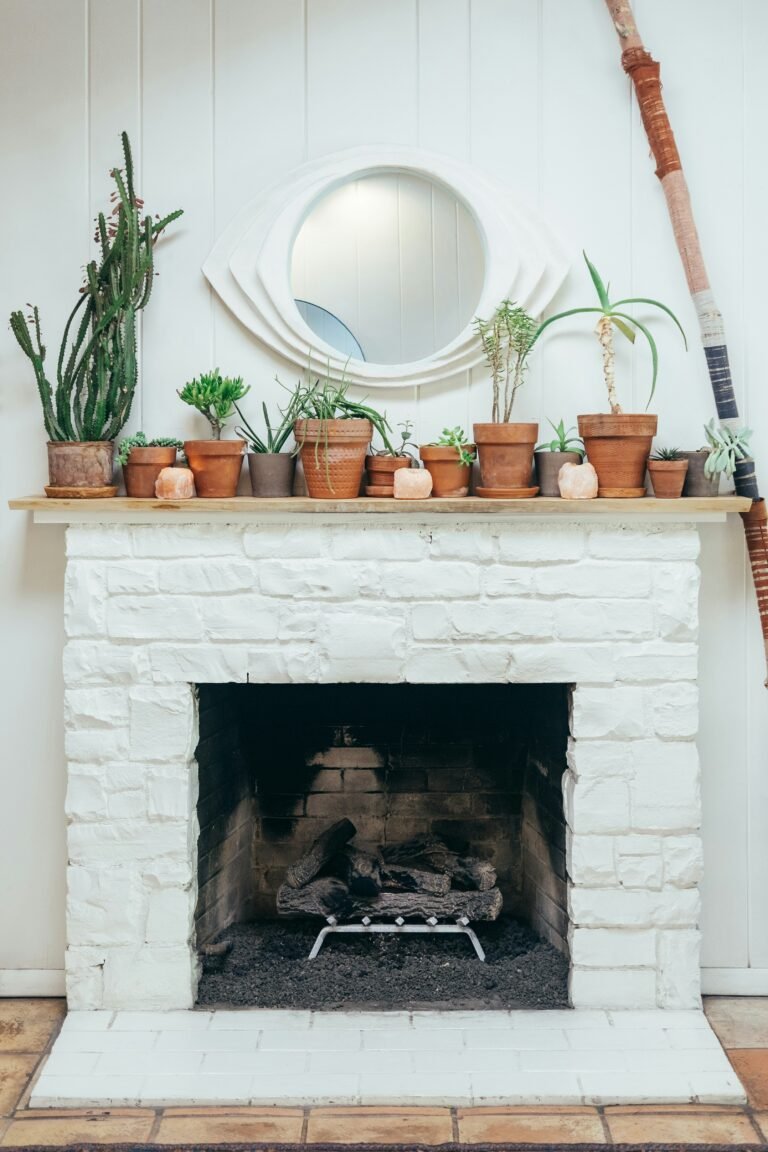Are you tired of the same old look in your living space? It’s time to shake things up and bring a touch of modern elegance into your home with a sleek DIY fireplace. Modern Flames offers a range of stunning fireplace designs that are not only easy to install, but also customizable to suit your style. Whether you prefer a minimalistic and clean-cut look or a bold statement piece, Modern Flames has the perfect fireplace to transform your space into a cozy haven. Get ready to add warmth, style, and a touch of sophistication to your home with these sleek DIY fireplace design ideas.
Choosing the Right Fireplace Type
When it comes to selecting a fireplace for your home, there are several options to consider. Gas fireplaces, electric fireplaces, ethanol fireplaces, and wall-mounted fireplaces all offer unique benefits and features.
Gas fireplaces are a popular choice for their convenience and efficiency. They can be easily controlled with a remote or thermostat, and they provide instant heat with the flip of a switch. Electric fireplaces, on the other hand, offer the convenience of being able to be placed in any room without the need for ventilation or a chimney. They are also energy-efficient and come in a variety of stylish designs. Ethanol fireplaces provide a clean-burning and eco-friendly option, as they use bioethanol fuel and do not require a vent or chimney. Finally, wall-mounted fireplaces are a great choice for those who want to save space and add a modern touch to their home decor.
Determining the Location
Before installing a fireplace, it’s important to carefully choose the room where it will be located. Consider factors such as the size of the room, the layout, and the overall ambiance you want to create.
In addition to selecting the room, ventilation is an important consideration. Gas fireplaces and ethanol fireplaces require proper ventilation to ensure the safe release of combustion byproducts. Electric fireplaces, on the other hand, do not require ventilation as they do not produce any emissions. It’s essential to evaluate the ventilation options in your chosen room to determine which type of fireplace is the best fit.
Lastly, safety measures should not be overlooked. Place your fireplace away from flammable materials, such as curtains or furniture, and ensure that there is a clear path for people to exit the room in case of an emergency. Additionally, consider installing carbon monoxide detectors and smoke alarms near the fireplace to ensure the safety of your home and loved ones.

This image is property of pixabay.com.
Preparing the Space
Before installing a fireplace, it’s essential to properly prepare the space to ensure a smooth and successful installation process.
Start by measuring the area where the fireplace will be located. This will help you determine the size of the firebox unit and the necessary space for the surrounding materials. Clearing the surroundings is also crucial, as you want to ensure that there are no obstacles or clutter that could potentially be a safety hazard.
Next, you’ll need to consider the electricity and gas connections if applicable. Gas fireplaces require a gas line connection, while electric fireplaces need access to an electrical outlet. Ensure that these connections are properly installed by a professional to ensure the safe operation of your fireplace.
Selecting the Design
The design of your fireplace plays a significant role in enhancing the overall aesthetic of your space. Whether you prefer a traditional, modern, freestanding, or built-in fireplace, there are various options to choose from.
A traditional fireplace brings a sense of warmth and coziness with its classic design. It often features a mantel and a hearth, creating a focal point in the room. A modern fireplace, on the other hand, offers sleek and contemporary designs that can complement any modern home decor. These fireplaces often have clean lines and a minimalist aesthetic.
Freestanding fireplaces provide flexibility in placement, as they can be easily moved from one room to another. They are available in various styles and materials, such as wood, metal, or glass, allowing you to choose the perfect match for your space. Built-in fireplaces, on the other hand, offer a seamless and integrated look. They can be custom-built into a wall or entertainment center, creating a stunning and cohesive design element.

This image is property of pixabay.com.
Materials and Tools Needed
To install a fireplace, you’ll need several materials and tools specific to the type of fireplace you choose.
For a firebox unit, you’ll need to select the appropriate size and type based on the dimensions of your space and the desired heating capacity. A fireplace surround is also important to consider, as it not only enhances the visual appeal of the fireplace but also provides protection. Choose from materials such as stone, tile, or wood, depending on your preferences and the overall style of your room.
In terms of fuel and ignition options, gas fireplaces require a gas line connection and either a manual or remote-controlled ignition system. Electric fireplaces, on the other hand, simply require an electrical outlet and often come with a built-in ignition system. Ethanol fireplaces use bioethanol fuel, which is clean-burning and eco-friendly.
Fireplace tools and safety equipment are essential for proper maintenance and safety. These may include a poker, shovel, brush, and ash bucket for cleaning, as well as fire extinguishers, smoke alarms, and carbon monoxide detectors.
Installation Process
The installation process for a fireplace will vary depending on the type of fireplace you choose. However, the following steps provide a general overview of the installation process.
Start by assembling the firebox unit according to the manufacturer’s instructions. This may involve connecting the gas or electrical connections, depending on the type of fireplace.
Next, construct the fireplace surround using the chosen materials. This may involve installing tiles, stone, or wood around the firebox unit to create a visually appealing and functional surround.
Once the surround is complete, connect the gas or electricity to the fireplace. Ensure that all connections are secure and meet safety standards. This step may require the assistance of a professional to ensure proper installation and to prevent any potential hazards.
Finally, install the ignition system if applicable. This may involve connecting a remote control or thermostat for gas fireplaces, or simply plugging in the electric fireplace and testing the ignition system.

This image is property of pixabay.com.
Customizing Your Fireplace
After the installation process is complete, you can further customize your fireplace to suit your style and preferences. Consider adding a mantel and shelves to provide additional storage or display space. This can enhance the overall look of the fireplace and allow you to showcase your personal belongings or favorite decor items.
Additionally, explore decorative surround options such as decorative tiles, stone veneers, or artistic patterns. This can further elevate the visual appeal of your fireplace and create a unique focal point in the room.
For those who love technology, consider incorporating smart features into your fireplace. From remote control operation to programmable thermostats, these features allow you to easily control and customize the settings of your fireplace to create the perfect ambiance.
Safety Precautions
Ensuring the safety of your fireplace is of utmost importance. Here are some safety precautions to keep in mind:
Proper ventilation and indoor air quality should be maintained for gas and ethanol fireplaces. Regularly inspect the ventilation system and ensure that it is free from any blockages or obstructions. Good airflow will prevent the buildup of harmful gases and maintain a healthy indoor environment.
Installing a fireplace guard or screen is a crucial safety measure. This will prevent sparks or embers from escaping the fireplace and potentially causing a fire. It also serves as a barrier to protect children or pets from getting too close to the flames.
For gas fireplaces, it’s essential to install gas leak and carbon monoxide detectors in the vicinity of the fireplace. These detectors will alert you to any potential dangers and allow for prompt action to be taken.
Maintenance and Cleaning
Regular maintenance and cleaning are essential to keep your fireplace in optimal condition. Here are some tips for keeping your fireplace clean and well-maintained:
Cleaning the firebox is necessary to remove any ash, soot, or debris. Use a brush or vacuum specifically designed for fireplaces to ensure a thorough cleaning. Be sure to follow the manufacturer’s instructions for cleaning and maintenance.
Maintaining proper airflow and burners is crucial for gas fireplaces to ensure optimal performance. Regularly check the burners for any blockages or debris and clean them if necessary. In addition, ensure that the airflow is not obstructed by any objects or furniture in the room.
For gas fireplaces, it’s important to periodically inspect the gas connections and fittings for any signs of wear or damage. If you notice any issues or leaks, consult a professional technician immediately to avoid any potential hazards.
Troubleshooting Common Issues
Even with proper maintenance, you may encounter common issues with your fireplace. Here are some troubleshooting tips for addressing these issues:
Difficulty lighting the fireplace can be due to several factors, such as a blocked pilot light or gas valve issues. Ensure that the gas supply is turned on, and check for any obstructions in the pilot light. If the issue persists, contact a professional technician for assistance.
Unusual smells or noises coming from the fireplace could indicate a gas leak or a faulty component. If you suspect a gas leak, immediately shut off the gas supply and seek professional help. For other unusual noises, consult the manufacturer’s instructions or contact a professional technician for further investigation.
Poor flame appearance may indicate a problem with airflow or gas pressure. Check that the venting system is clear and that the gas supply is sufficient. If the issue persists, consult a professional technician to ensure the safe and efficient operation of your fireplace.
By following these guidelines and taking the necessary precautions, you can enjoy the warmth and beauty of your fireplace while ensuring the safety and comfort of your home. Whether you choose a gas, electric, ethanol, or wall-mounted fireplace, the right selection, careful location determination, and proper installation will create a welcoming and stylish focal point in your space.




